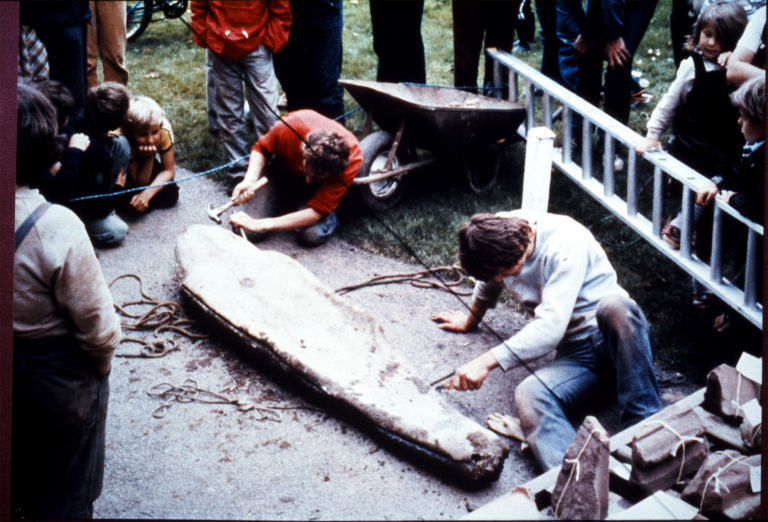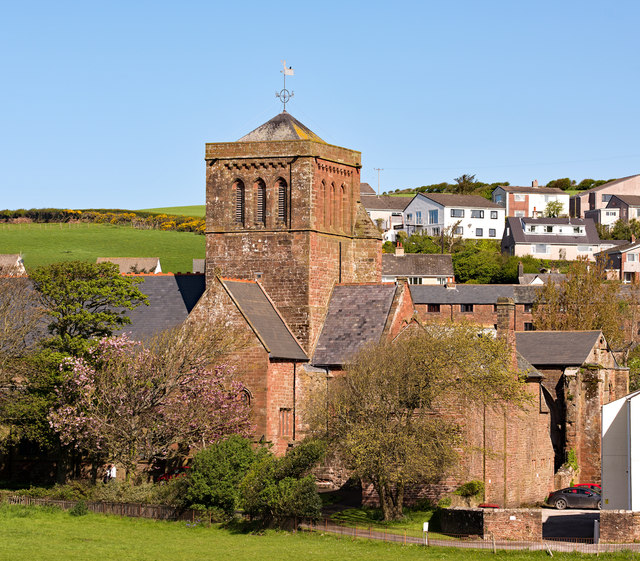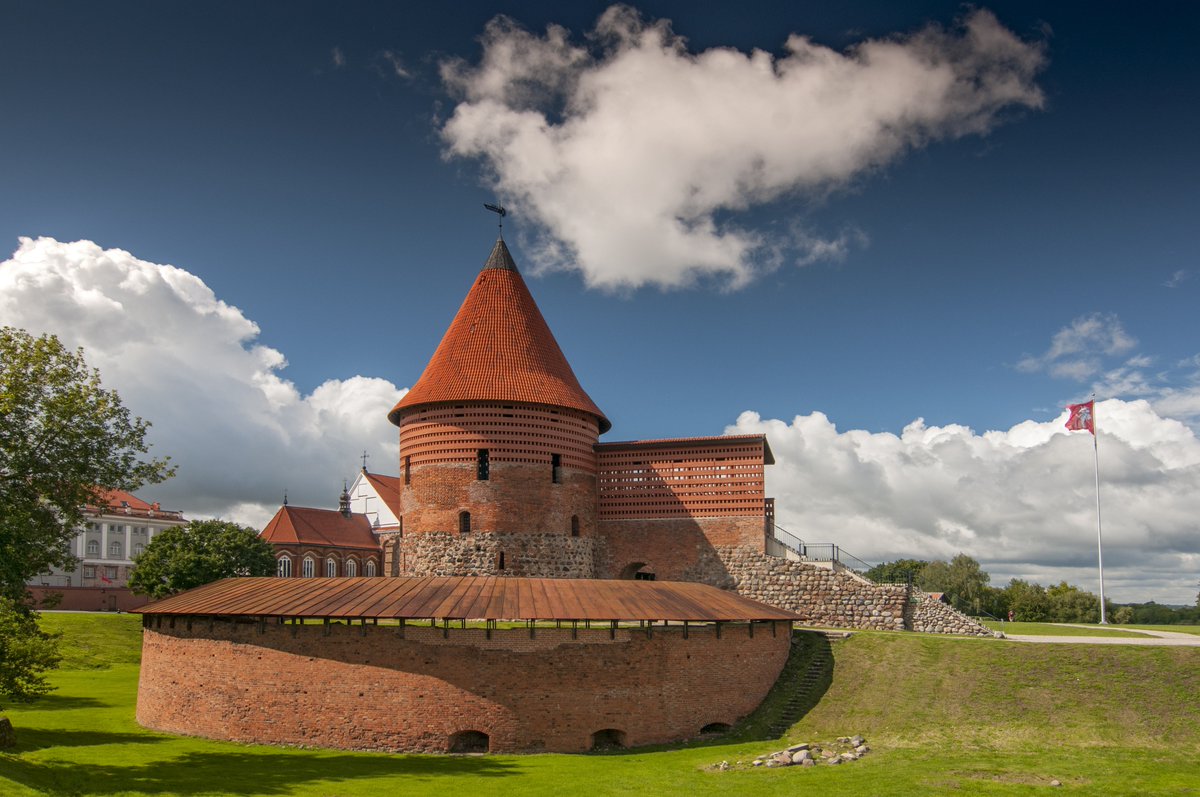2021 marks the 40th anniversary of a remarkable archaeological discovery at St Bees Priory in Cumbria that links Britain and Lithuania 
 (thread)
(thread)

 (thread)
(thread)
In summer 1981 archaeologists excavated ‘St Bees Man’, an English knight killed in medieval Lithuania who was brought home to be interred at St Bees Priory. The soft tissues of his body were so well preserved that a full autopsy was possible, revealing fascinating information
We now know the man was Anthony, Lord Lucy, who died in summer 1368 at the siege of the fortress of Vyrgalė near Kaunas. His body was embalmed in pine resin after death, resulting in the unusual state of preservation. The discovery gave a glimpse of warfare in c14th Lithuania
Kaunas was a principal fort protecting the River Nemunas, the most important riverine artery of the Grand Duchy of Lithuania, and the Teutonic Knights’ means of accessing Lithuania’s heavily forested interior. In 1362 the Teutonic Knights captured Kaunas successfully
Undeterred by the capture of Kaunas, the Lithuanians moved upstream to Vyrgalė island (now Raudondvaris), an island at the confluence of the Nemunas and Nevėžis rivers (that confluence today, via Google Maps)
At Vyrgalė the Lithuanians hastily built a wooden fort the Germans called ‘Neu-Kauen’ (New Kaunas). The Teutonic Knights burned the fort, but the Lithuanians kept rebuilding it. In 1368 the Crusaders were surprised to find Vyrgalė refortified once again
The Knights attacked, supported by the English volunteers, and managed to take the fort once again - but not before three English knights had perished: Anthony de Lucy, Sir John Moulton and Sir Roger Felbrigg
The autopsy on Anthony de Lucy revealed a fractured neck and jaw, although he probably died from a punctured lung after falling from a height. Alexander Grant has theorised that a Lithuanian missile hit De Lucy’s jaw and sent him falling to his death, perhaps from a siege ladder
Unlike De Lucy, Moulton and Felbrigg were buried in Königsberg Cathedral, but De Lucy’s body was taken all the way home and interred at St Bees – where, by an accident of nature, it was so well preserved we can try to reconstruct the events that day at Vyrgalė island
A coda to the story: the Teutonic Knights renamed Vyrgalė as Gotteswerder and built their own stone fort at the site, but the Lithuanians came back with 18 siege machines and took it back. The Grand Master was forced to negotiate for the redemption of hostages
In the 18th century Vyrgalė island seems to have been inundated and its location is now lost. Perhaps archaeology will one day rediscover this legendary Lithuanian fortress…
It would be wonderful if, in recognition of the St Bees connection, a Lithuanian and a British university could one day collaborate on an investigation to find the fort on Vyrgalė island

 Read on Twitter
Read on Twitter





